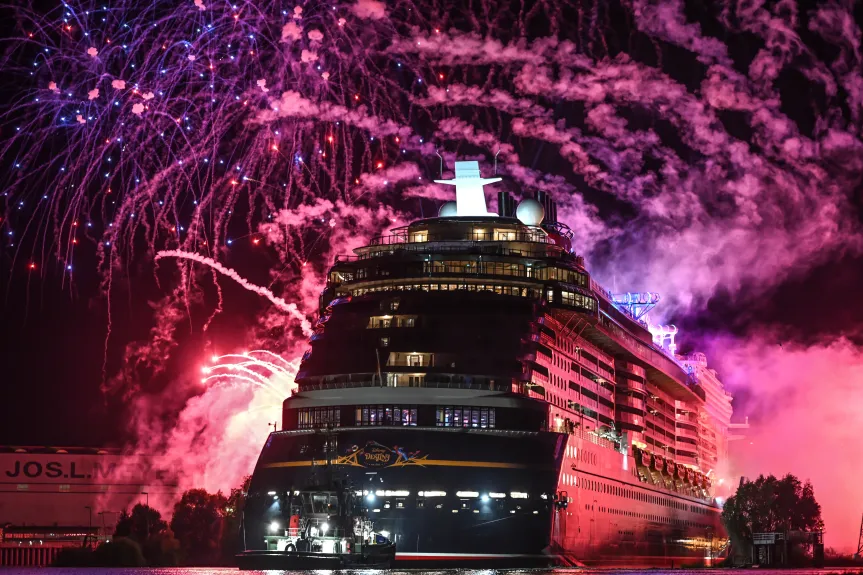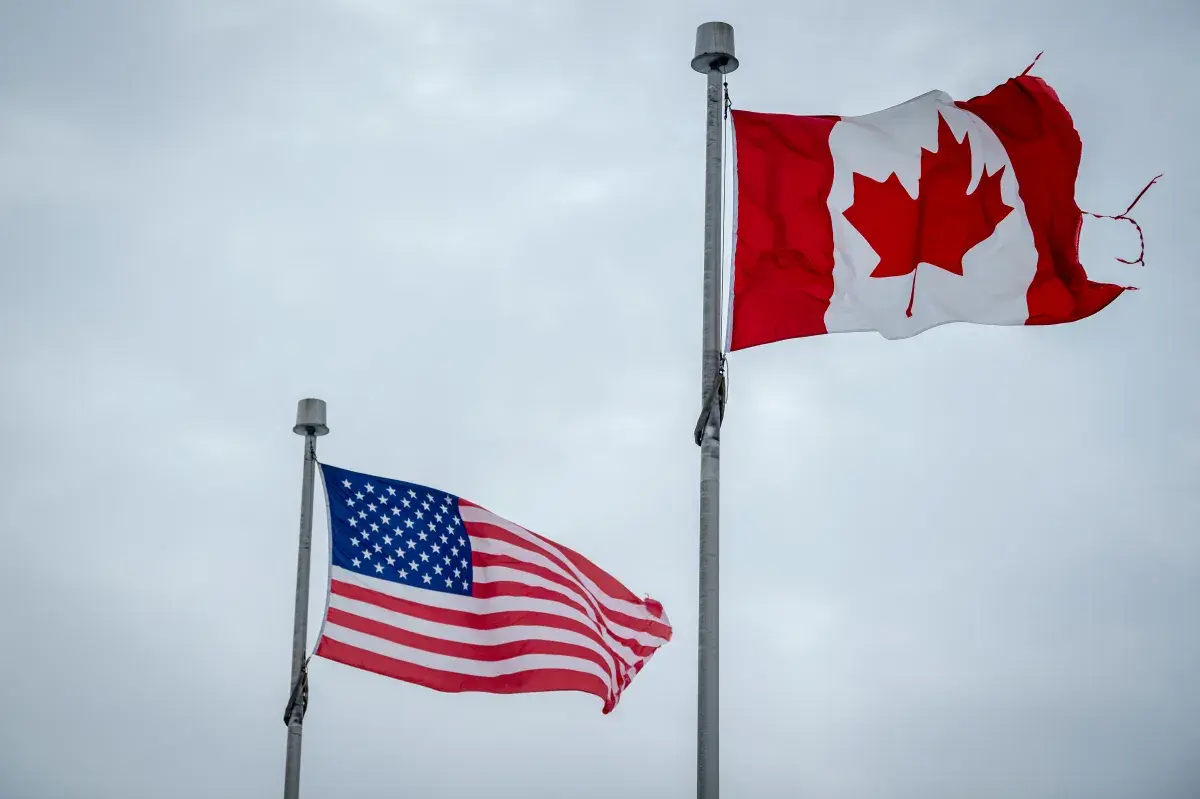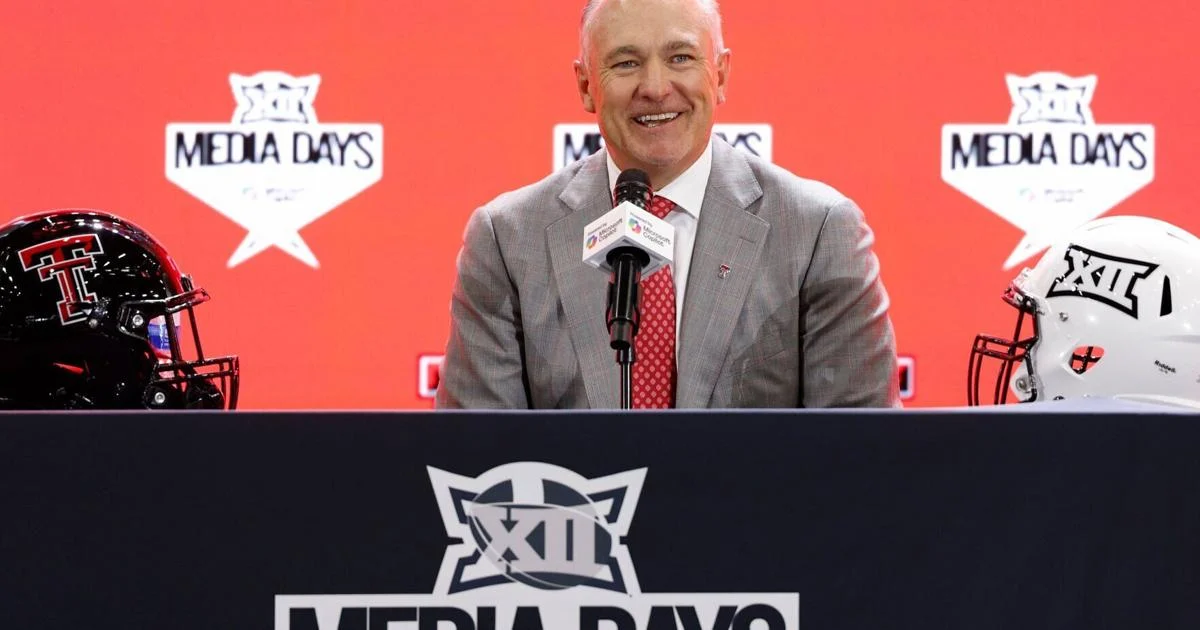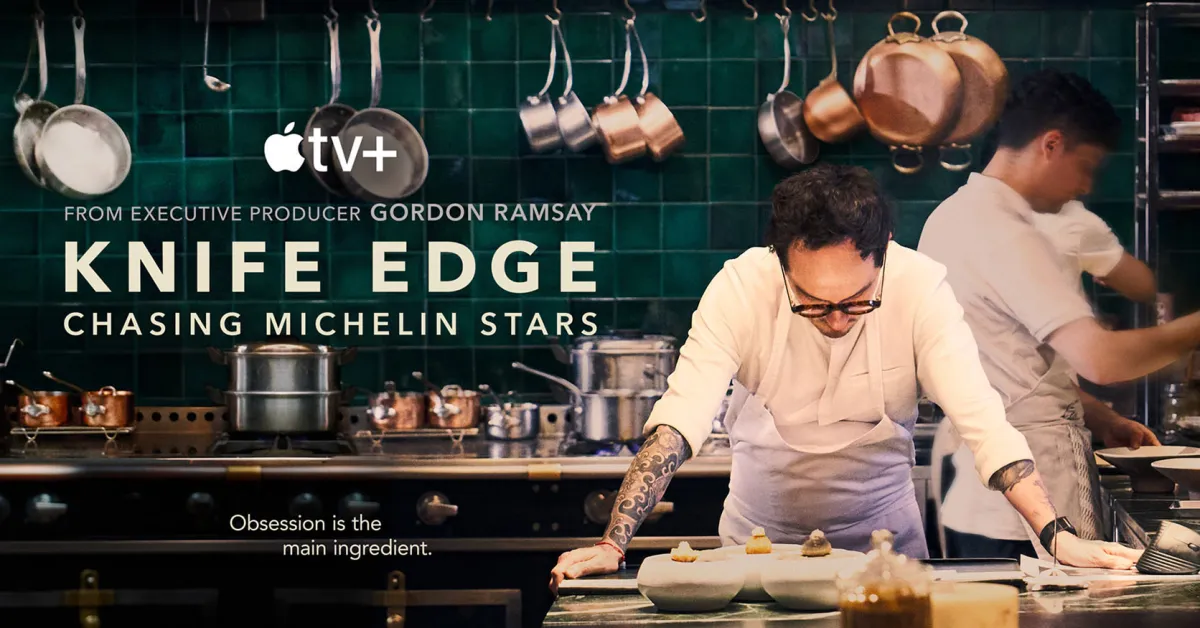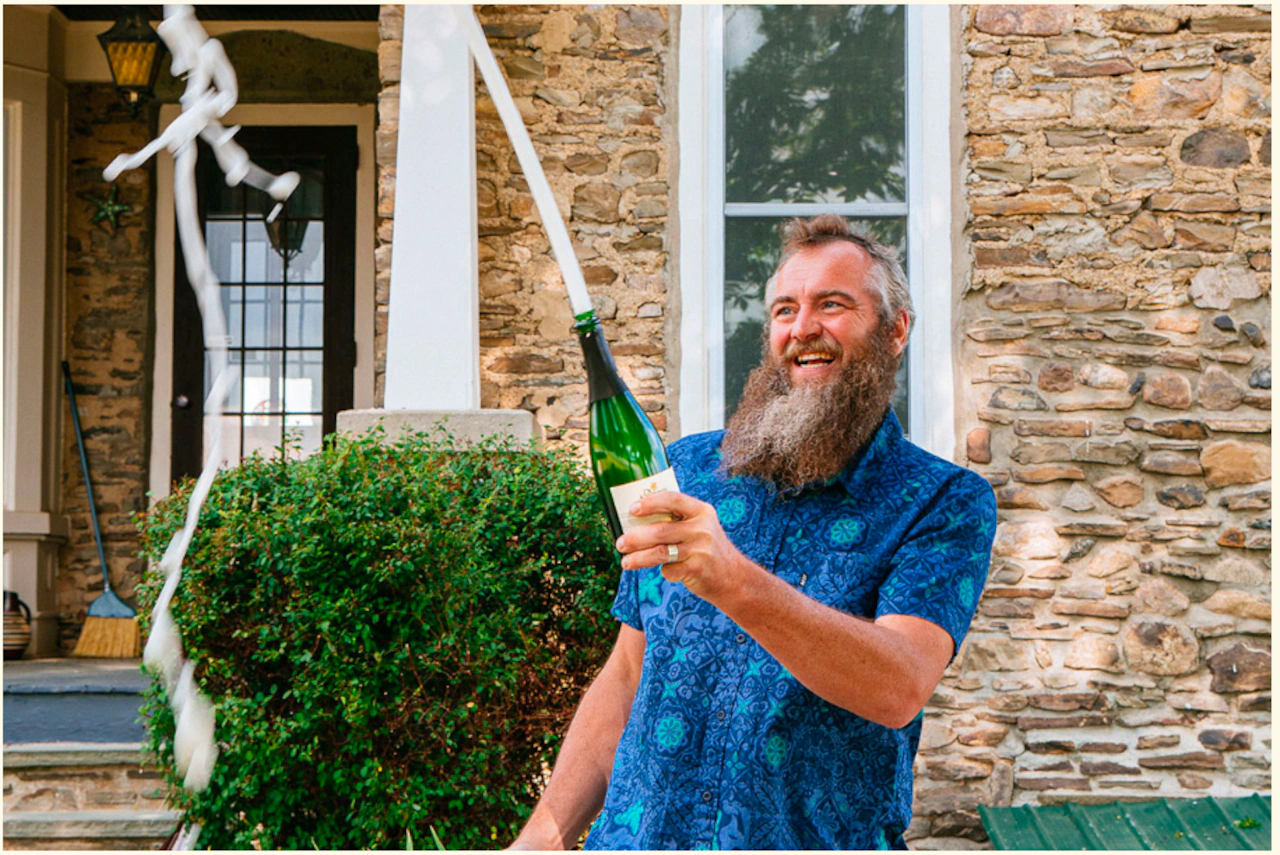
In 1985, Willy Frank changed the trajectory of East Coast winemaking by releasing the first traditional method sparkling wine in the eastern United States made from the classic vinifera grapes used in the Champagne region.
Forty years later, that pioneering spirit lives on through a sparkling wine program that remains central to the identity of and legacy of Dr. Konstantin Frank Winery, which sits on along the western end of New York’s Seneca Lake, just north of Hammondsport.
This fall, to mark the milestone, the winery has released Brut 2021 Cuvée 85 (SRP $85), a limited-edition 2021 Brut made from 55% Chardonnay, 40% Pinot Noir, and 5% Pinot Meunier, with a final dosage drawn from the winery’s inaugural 1985 Brut. The unique blend marries the bright energy of the 2021 vintage with the layered complexity of wine aged for nearly four decades, creating a sparkling expression that is vibrant and deeply nuanced, according to the winemaker’s notes.
Only 100 cases have been produced.
Cuvée 85 also marks sparkling winemaker Eric Bauman’s 20th vintage with the winery and is now available online and at the winery.
Sparkling wine has been central to the winery’s identity for the past four decades. In 2005, the year of Willy Frank’s retirement, the family appointed Bauman as the producer’s winemaker dedicated to making sparkling wine.
Bauman — with the continued guidance of longtime consulting sparkling winemaker Barbara Frank — over those two decades has preserved the estate’s signature house style — clean, precise, and age-worthy — while expanding the range through modern techniques and limited-production innovations.
Today, the winery’s sparkling portfolio includes numerous sparkling varieties, including Vintage Brut, Brut Rosé, Blanc de Blanc, Blanc de Noirs, Célèbre Riesling, and Riesling Nature.
Dr. Frank’s sparkling wines span a range of sweetness levels and styles, with recent additions featuring experimental cuvées made from Grüner Veltliner, Pinot Blanc, Saperavi, Rkatsiteli, and Pinot Gris. These wines are part of the Art Series, which showcases innovative work with fermentation vessels like concrete eggs that enhance texture and dimension.
You can find the full list at this link.
“Willy wasn’t afraid to take risks,” said Meaghan Frank, fourth-generation vintner and vice president. “He charged premium prices for these wines before the category even existed in the region, and his belief in their quality never wavered. Today, we’re seeing the fruits of that vision fully realized.”
That’s not all the news to come out of this iconic and pioneering winery, credited with the “Vinifera Revolution,” along with elevating the New York wine industry to global recognition.
Chateau Frank, as it is also called, was recently cited for the third straight year by USA Today as having the country’s best winery tour, thanks to its 1886 Wine Experience.
A Finger Lakes native, Bauman spent nearly a decade in California’s Sonoma County, where he specialized in traditional method sparkling wines at J Vineyards & Winery and produced wines for clients, including Piper Sonoma.
He headed back east in 2005 to look for opportunities in his former backyard and met Fred Frank and his father, Willy. He has remained at Chateau Frank since then.
Under his tenure, Bauman has helped modernize the sparkling program by introducing new fermentation vessels, updating equipment, and collaborating with the Frank family to explore new experimental blends and non-traditional varietals, according to a winery release. He continues to uphold the winery’s vision, overseeing the production of 5,000 cases annually and expanding the range of sparkling offerings.
He received several questions from PennLive and sent back these responses.
Q, I read in an interview where you said you returned to New York so your parents could watch your dog. … beyond that, what went into that move from California to Dr. Frank?
A, I was returning home to begin a path of travel to more wine regions, and being from Rochester, N.Y., I wanted to work a harvest in the Finger Lakes as well as be closer to family. The plan was to work a harvest and then travel to Australia to work a harvest over there, where I had a close friend at the time. That’s where I needed my parents to watch Samantha, my beloved Yellow Lab. The travel plans were then exchanged for an opportunity to manage the sparkling wine cellars at Dr. Konstantin Frank following the passing of the second generation and founder of the sparkling program, Willy Frank.
Q, What is your day-to-day like … in general? Are there busier times of the year than others? Spend much time in the vineyard? And when you get some free time, do you like anything in particular?
A, In general, I move bottles throughout the year. After the second fermentation, they are stacked in a cellar where they undergo the ageing process for 3-4 years. Then the bottles have to be transferred into riddling cages to be riddled and then disgorged. So more often than not, I am disgorging unless we are harvesting or bottling. Harvest usually takes place at the beginning of September, and I try to bottle for the second fermentation sometime in the following March. I do not spend much time in the vineyard, although I usually walk through the vineyards and take field samples for analysis as the grapes ripen, before harvest. In my free time, I usually hang out with my family. I also coach soccer and love anything to do with being near or on the water. My kids and dogs keep me busy, but I also enjoy traveling and attending live music shows.
Q, How much has your approach toward making sparkling wine changed over the past few decades? What basics haven’t changed and what do you know now that you didn’t when you started?
A, My approach has not changed much. I have always conformed to making clean wine. Needing things to be super clean and sterilized before fermentation, and focusing on bright, clean, upfront, youthful, acidic, sparkling wines. These wines are incredibly versatile with food. The only thing I have changed is experimenting with new yeast strains on specific press fractions to enhance the complexity of the final blends. Striving for specific chemistry, so depending on Mother Nature, that might have to be nurtured a little bit to get the chemistry to where I want it. The thing I have learned along the way is that less manipulation of the juice and wine always seems to yield better results.
Q, At this point, are there still things to learn about making sparkling, or is the challenge at this point just maintaining or raising the bar?
A, There are always new things to learn about sparkling wine. For example, with the prise de mousse — the stage when the sparkle is created — I’ve found it can be better achieved with less fining, certain press fractions, and the way the wine is filtered. Earlier in my career, I believed fermentation temperature and the length of fermentation were the main factors. My understanding continues to evolve, and while I always strive to raise the bar, maintaining consistent quality is just as important.
